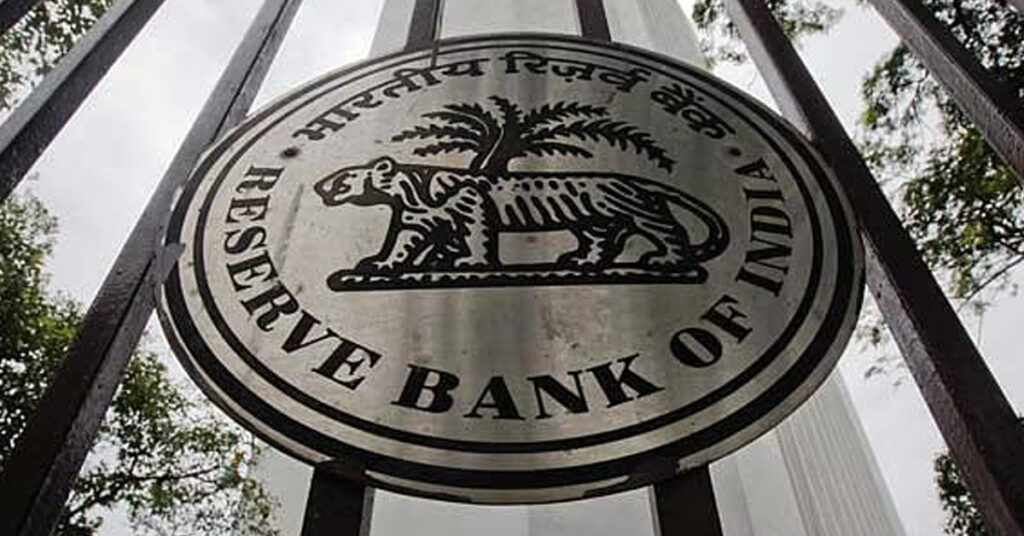This decision means that loans across various sectors could become cheaper, and your EMIs might decrease as well. RBI Governor Sanjay Malhotra announced the decision at 10:00 AM during the Monetary Policy Committee (MPC) meeting.
Table of Contents
RBI Cuts Repo Rate by 0.25%: What Impact Will the Repo Rate Cut Have?

With the reduction in the repo rate, banks are likely to lower their interest rates on loans, including housing and auto loans. Lower interest rates will likely increase demand in the housing sector, enabling more people to invest in real estate.
Will Existing Loan EMIs Also Decrease?
It depends on the type of loan you have. Loans generally come with two types of interest rates: fixed and floating. For fixed-rate loans, the interest rate remains the same throughout the loan term, so changes in the repo rate won’t impact your EMI. However, for floating-rate loans, any changes in the repo rate will directly affect your loan interest rate, and as a result, your EMI will reduce.
RBI Cuts Repo Rate by 0.25%: What Is Repo Rate, and When Will Cheaper Loans Be Available?

The repo rate is the interest rate at which the RBI lends money to banks. When the RBI cuts the repo rate, banks borrow at a lower interest rate and, in turn, often pass on the benefits to their customers by lowering their loan rates. However, this reduction typically takes 1-2 months to reflect in loan interest rates.
Why Did the RBI Cut the Repo Rate?
Governor Malhotra stated that the decision to lower the repo rate was influenced by a decline in inflation in recent months. Inflation is expected to ease further in 2025-26, prompting the RBI to take action. A central bank uses the policy rate to control inflation. When inflation is high, the central bank may raise rates to reduce money flow in the economy, making borrowing more expensive and helping curb demand. Conversely, during economic recovery, lowering the policy rate boosts money flow, making loans cheaper.
What Are the Inflation Projections for FY 2025-26?
RBI Governor Sanjay Malhotra shared that inflation has generally been close to the target, with expectations of a further decline due to the arrival of new crops. He noted that while inflation has moderated, global economic challenges persist, with global growth remaining below average.
What Do the Inflation Figures Say?
- Retail Inflation: In December, retail inflation stood at 5.22%, a four-month low, driven by a decline in food prices. This was down from 5.48% in November and 3.65% in August. The RBI’s inflation target range is between 2% and 6%.
- Wholesale Inflation: Wholesale inflation rose to 3.36% in December, up from 2.37% in November. Prices for items like potatoes, onions, eggs, meat, fish, and fruits saw significant increases. These figures were released by the Ministry of Commerce and Industry on January 14.










